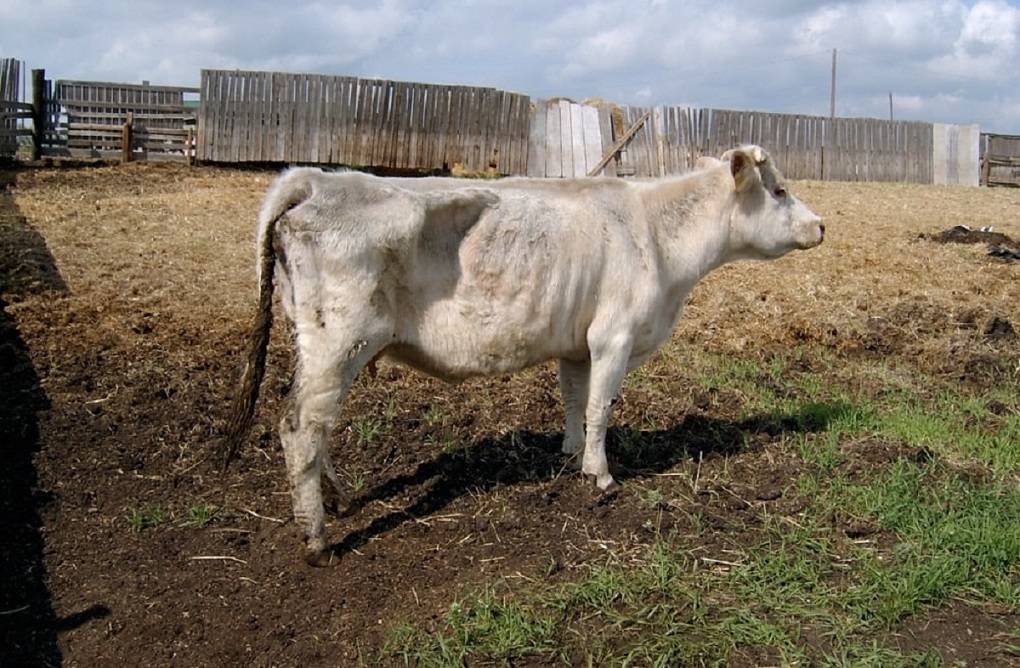
Bovine Johne’s disease is an infectious wasting condition of cattle and other ruminants. It progressively damages the intestine of affected animals, and in cattle, this results in persistent and profuse diarrhoea, severe weight loss, loss of condition, and infertility. As the disease progresses, the affected animal will eventually and inevitably die.
Johne’s disease is caused by the bacterium Mycobacterium avium subsp. paratuberculosis. This bacteria that causes Johne’s disease lives in the animal’s intestines and causes thickening of the bowel wall that interferes with the normal absorption of food. There is no treatment for BJD. While certain medications may provide some temporary relief, however, infected cattle will inevitably die.
Clinical Signs and Symptoms of Johne’s Disease
Only a small proportion of animals will actually develop overt clinical signs that are easily identified and then removed from the herd. Animals are usually infected at a young age, and it can take years until clinical signs appear. PCR and serology tests are available for M. paratuberculosis. PCR tests are used to detect shedding animals. These tests are able to detect the pathogen itself (or rather the pathogens’ DNA) with very high sensitivity.
It may be years after infection before an infected animal becomes ill. Diagnosis of Johne’s disease requires assistance from a veterinarian. Signs may appear after a period of stress, such as calving, heavy milk production, and poor nutrition. Clinical signs include-
-
progressive weight loss
-
emaciation in older animals despite a good appetite
-
affected animals may also develop diarrhoea and bottle jaw.
How is Johne’s disease caused and transmitted in cattle?
Johne’s disease is caused by M. paratuberculosis. The bacteria embeds itself in the wall of the lower part of the small intestine. As an immune response, infected tissues attempt to regenerate healthy tissue which leads to the visible thickening of the intestines. This prevents nutrient absorption, which results in weight loss.
The M. paratuberculosis bacteria grows and multiplies inside the cells of an animal’s immune system and is excreted in the faeces. The primary cause of the spread of Johne‘s disease is contact with the faeces or saliva of an infected animal. When the microbe is excreted, it can contaminate the soil or water. Outside the host animal, the organism multiplies poorly—if at all—but it can survive over a year in the environment because of its resistance to heat, cold, and drying.
Prevention of Johne’s Disease
-
Protecting calves and young cattle from Johne’s disease is extremely important. Usually, the calves become infected via faecal contamination of the milk, teats soiled with dung, or faecal soiling on a calf’s coat, which the calf then swallows when grooming itself.
-
Ensure that the calves sleep in clean well-bedded areas. It is also important to clean teats between feeding in order to prevent ingestion of faecal matter.
-
Only purchasing animals with an animal health statement and only introducing low-risk stock onto the property.
-
This disease can be spread by contaminated drinking water. Therefore, if you have a private water source ensure that it is checked regularly, ensure that drinking troughs are kept as clean as possible, and when you are able to provide water through a mains supply or a clean private source, fence off your herd's access to ponds, streams, and rivers, particularly slow-moving watercourses or stagnant water that the cattle may wade in.
-
Developing and implementing a farm biosecurity plan. Biosecurity practices should be undertaken on a market-driven approach, that is, dependent on the requirement of the markets that the producer is targeting.








